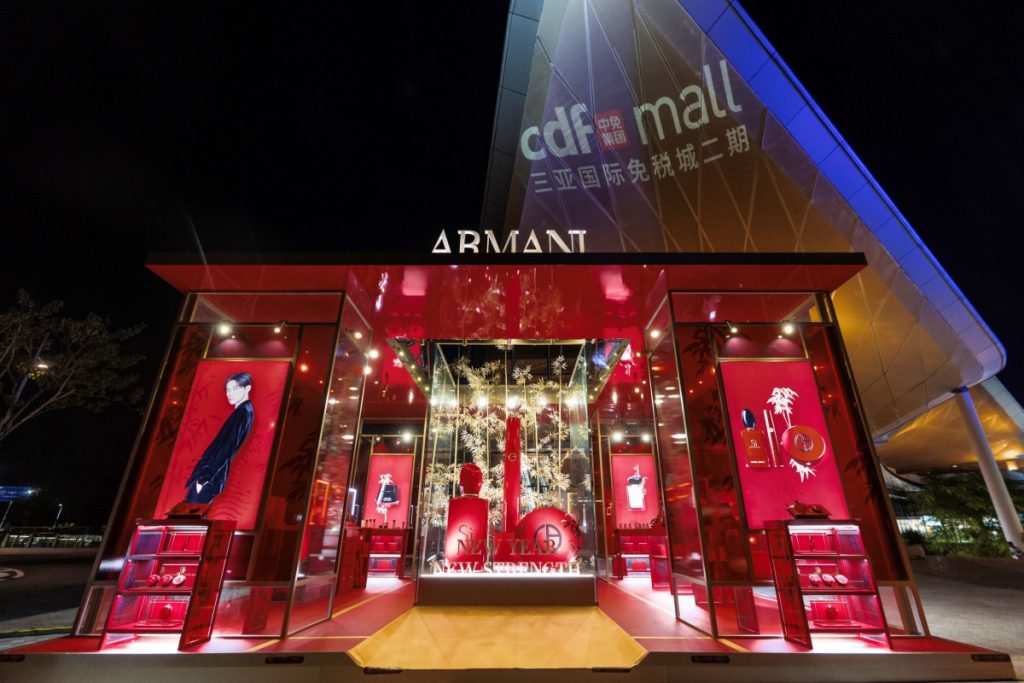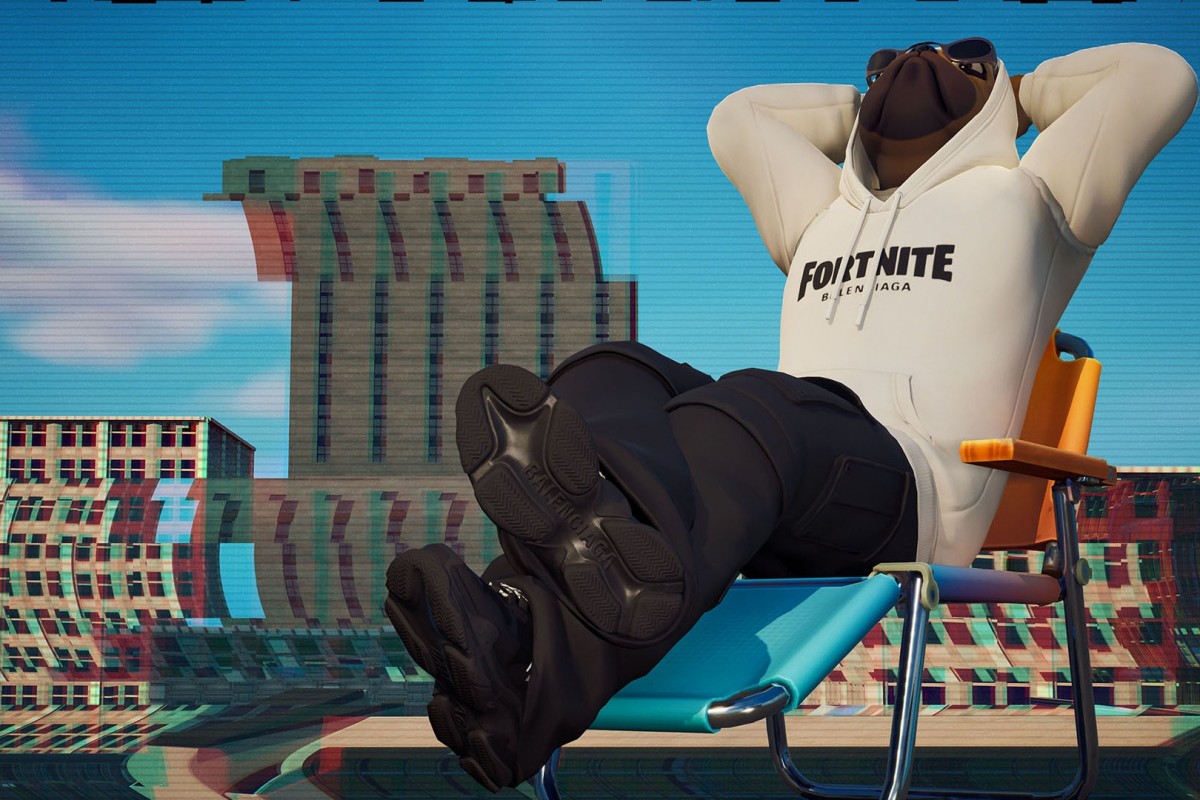The metaverse is already changing the face of luxury retail. As the market reopens, it is coming for travel retail too – in some cases it is already here.
This new creative, interactive, immersive platform is creating a fresh world for consumers to engage with brands and it is changing the nature of that engagement and interaction between customers and the brands they patronise.
What does this new world, stripped of the boundaries and limitations we are used to, mean for the nature of physical retail? Physical retail remains a vital part of the luxury experience for customers. Contrary to the beliefs voiced by some, there is no future for luxury retail – or travel retail – without physical stores.
Physical retail remains a vital part of the luxury experience for customers.
If you want proof of this, look no further than the fact that some native digital brands have begun to open their own real-world stores. This underlines the importance of this part of the ecosystem. Physical retail has a few big advantages for brands, and they are advantages that are more important than ever in the ‘post-Covid’ world.
Real-world stores create a HALO effect for a brand, raising its profile and engagement, as well as boosting its image and legitimacy. They also provide space for experimentation and engagement with direct and immediate tangible feedback, which digital cannot quite replicate. Finally, a physical outlet enhances the customer experience of the brand, creating opportunities for experiential activations and customer service which can only be fully enjoyed in person.

All of these underline the key role physical retail has in a retail ecosystem which it shares with the metaverse. But they also highlight how it must change: Physical retail’s purpose is no longer to shift product; it is to build the brand’s presence and experience.
This means that all in-store or in-person engagement must tie in with a brand’s digital outreach. As we have all discussed at length with omnichannel, a seamless shift from digital to physical is vital. The brand story and experience must be maintained such that each platform can continue the experience enjoyed on others while enhancing the brand image and experience.
However, there is more to it, the physical store experience must be as accessible as the metaverse. Shoppers now want something they can dive into and immerse themselves in, then walk away from fulfilled. This is bad news for multi-brand stores where brand story cannot be told properly.
Brands need to make pieces of their own world easier to access. This requires a new use of space and engagement.
Brands need to make pieces of their own world easier to access. This requires a new use of space and engagement. Physical stores must be dedicated and mono-brand in approach; they must be located and designed such that they are either easy to drop in to – like pop-ups – or exclusive and exciting, such as standalone outlets that invite shoppers in for a personalised experience.
Multi-brand stores still have a purpose in this world, but it will be tied in with digital sales; they are locations where people can pick up something they already want. The new Amazon fashion store is an example of this: It replicates the digital experience in a physical setting.
But for luxury brands, the physical space is not about crafting a world that shifts around the consumer, it is about creating a piece of their own world and inviting shoppers in.
If the metaverse is a digital world that users can dive into, then the physical stores must be the same: Tangible, exciting, immersive, accessible and totally unique.



